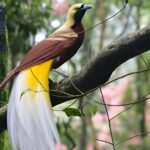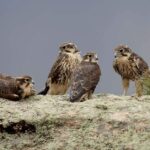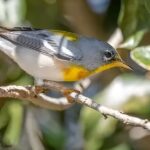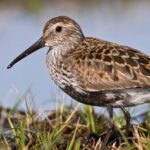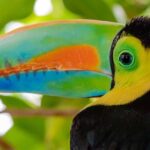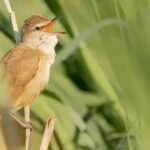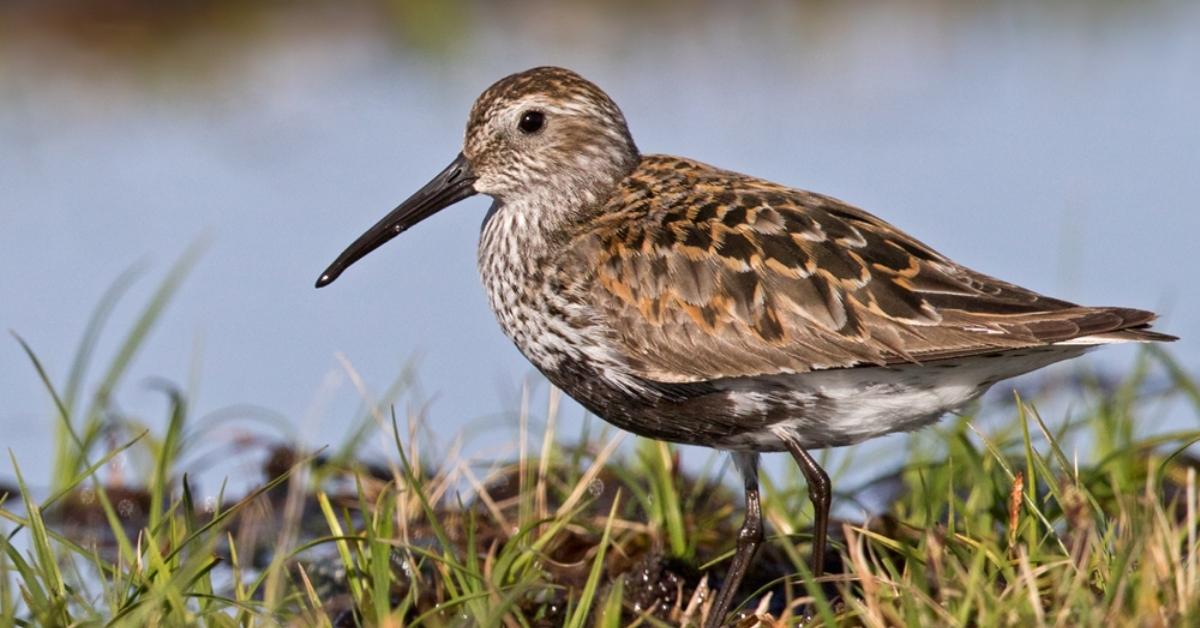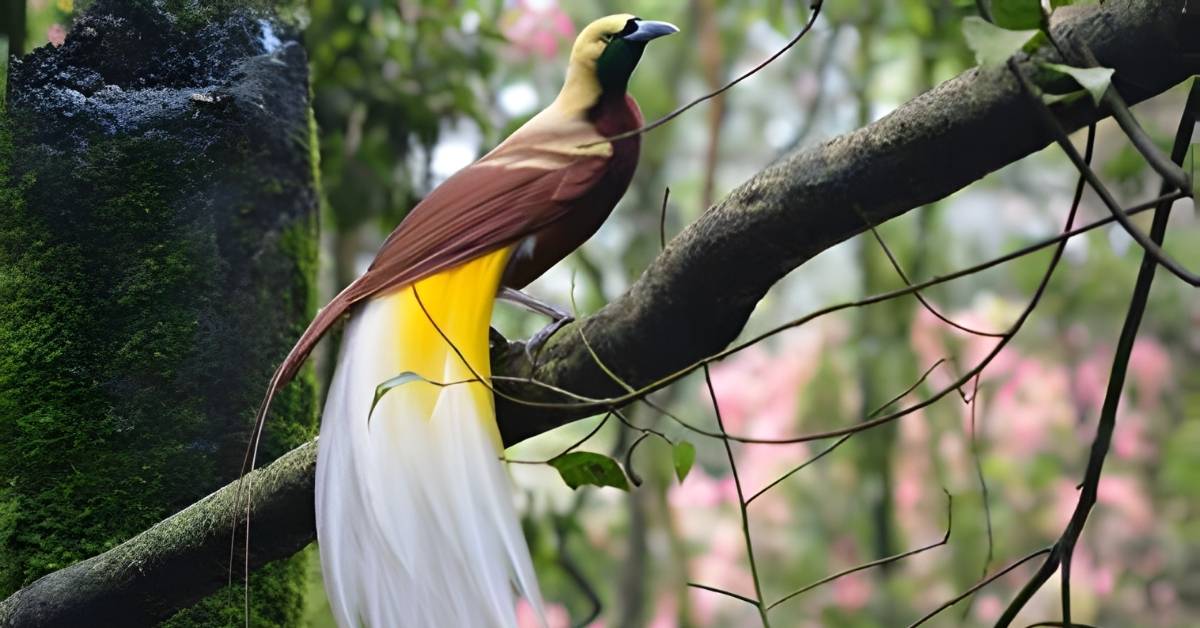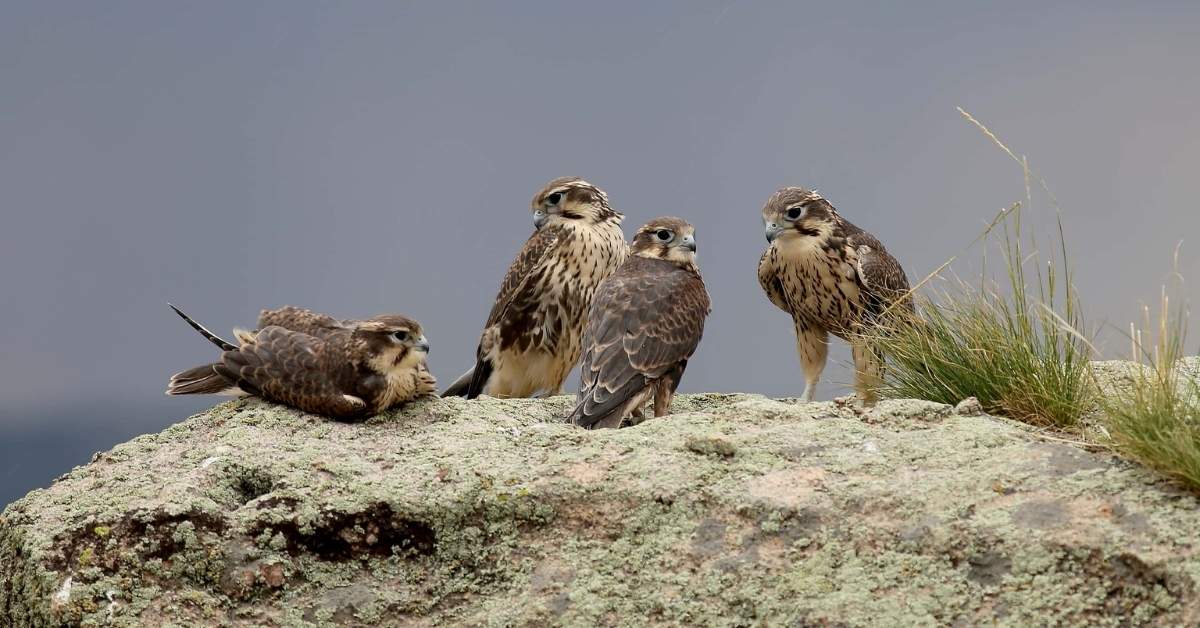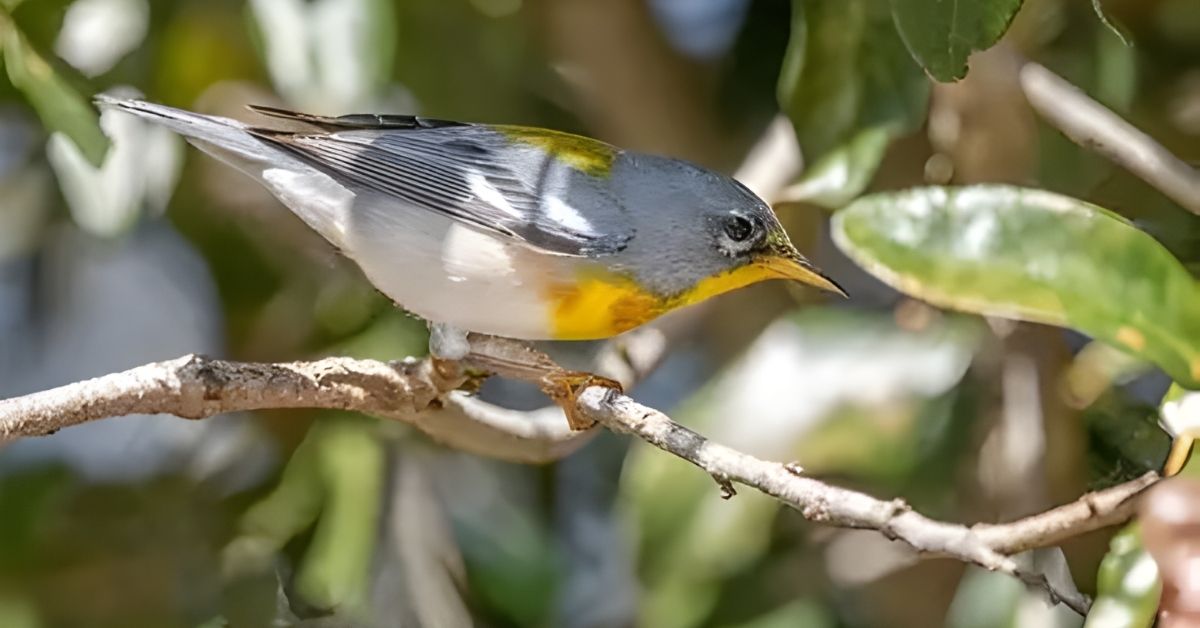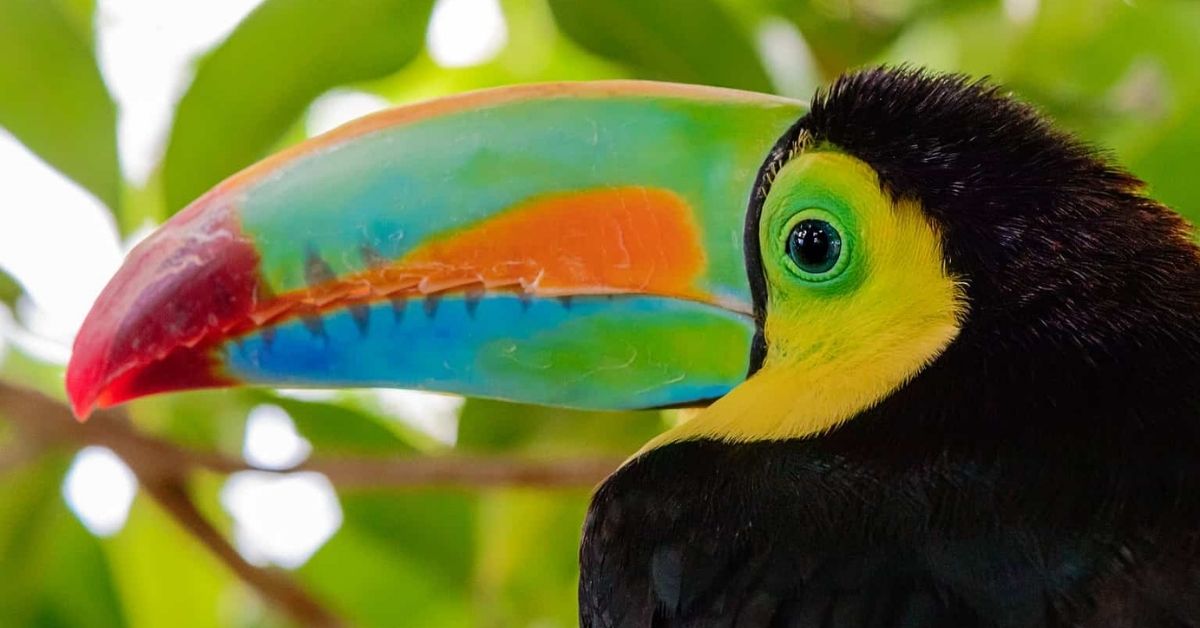Shorebirds in Alaska fill the sky every spring and summer. These amazing birds travel thousands of miles to reach the rich coastlines and wide tundra. You can see shorebirds in Alaska feeding, nesting, and resting before long flights across the world.
They gather on mudflats, beaches, and river deltas full of life. Watching shorebirds in Alaska is like seeing nature’s travelers in action. Their long journeys show how wild and connected our planet truly is. Protecting shorebirds in Alaska helps keep these fragile places alive for people, wildlife, and the next generation of bird lovers.
Diverse Shorebird Habitats in Alaska
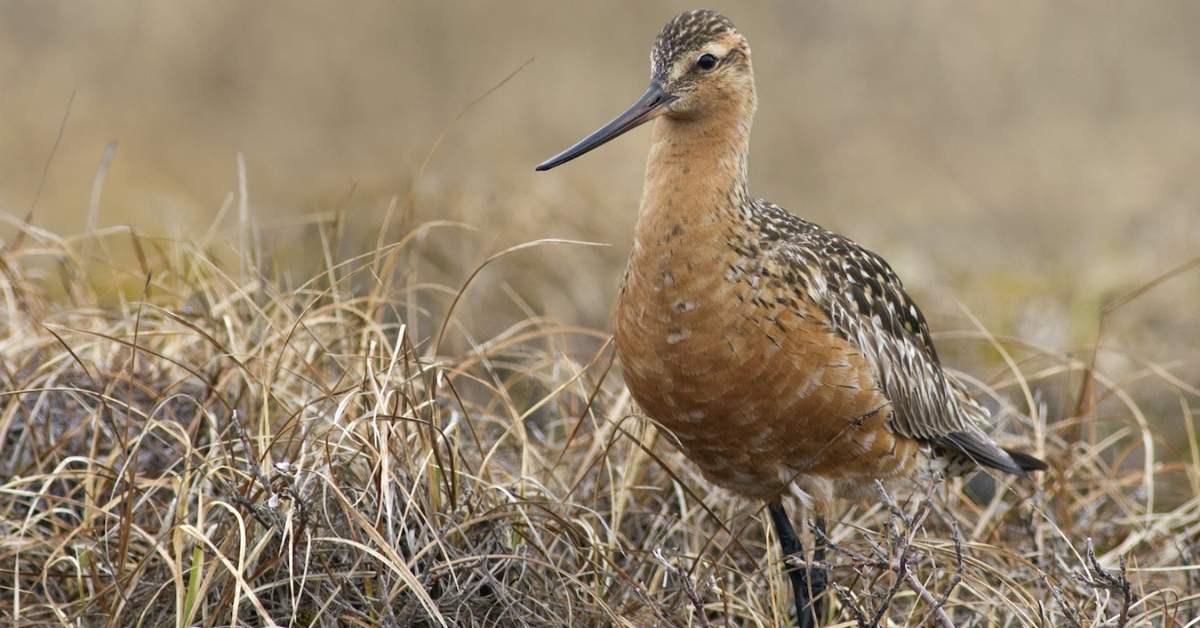
The habitats that support shorebirds in Alaska are as varied as the species that visit them. Along the state’s shorelines, you’ll find tidal flats, sandbars, and mudflats teeming with life. These are rich feeding grounds where birds like the Bar-tailed Godwit build their energy reserves before embarking on migrations that span thousands of miles. In the interior, wetlands and coastal zones serve as crucial rest stops during both spring and fall migration.
Beyond the coast, Alaska’s ecosystems are complex mosaics of land and water shaped by tides, glaciers, and weather. Researchers have observed that small changes like sediment shifts or an oil spill can have large effects on species concentration and feeding availability. Because these habitats are so critical, conservation programs such as those led by Audubon Alaska and the Cornell Lab focus on mapping and education to prevent habitat loss and environmental impact caused by human development, shrimp farms, or industrial ports along migratory routes through places like the Yellow Sea.
Spring Migration Along the Coast
When the snow melts and the days lengthen, the spring migration along Alaska’s coast begins. Millions of shorebirds pour in from as far away as the Yellow Sea and the Pacific Islands. Flocks of godwits, Dunlin, and Sanderling arrive in synchrony, driven by instincts honed over generations. They feed frantically on the tidal flats and shoals, doubling their body weight in days to survive the next stage of their flight. The Kuskokwim River delta becomes a buzzing airfield where wings shimmer in the Arctic light, each bird preparing for takeoff toward the breeding grounds farther north.
This migration spectacle isn’t just a show; it’s a vital part of the planet’s biological rhythm. Scientists and local communities watch closely, using modern tools and Indigenous knowledge to track population changes and shifts in timing. Warmer temperatures and altered tide patterns, signs of climate change, already affect food cycles and breeding schedules. Yet through cooperation, research, and stewardship, people are working to ensure this grand journey continues for generations.
Breeding Grounds on the Tundra
When the shorebirds in Alaska reach the tundra, life explodes across the short Arctic summer. Grasses and moss awaken under the midnight sun, creating a fertile world where birds race to breed, lay eggs, and raise chicks. The Bar-tailed Godwit, Pectoral Sandpiper, and Semipalmated Plover turn these breeding grounds into bustling colonies filled with calls and displays. Parents defend their nests fiercely, blending into the brown-green tundra to hide from predators.
Time is short. Within weeks, eggs hatch, chicks feed on insects, and soon the young are strong enough for departure. Every feeding, every rest, counts toward survival. Any disturbance from habitat loss to shifting weather can endanger their fragile cycle. That’s why conservation programs, education, and community awareness are vital. The tundra may seem desolate, but it’s one of the most productive ecosystems on Earth during summer, a place where biodiversity, resilience, and stewardship ethics converge.
Key Stopover Sites for Shorebirds
Certain stopover sites in Alaska are so important that the fate of entire species depends on them. The Copper River Delta, Izembek Lagoon, and Kuskokwim Shoals act like refueling stations, where thousands of shorebirds feed on worms, crustaceans, and mollusks buried in mudflats. These zones are staging areas before long-distance journeys to the Southern Hemisphere. Aerial photography and tagging studies have revealed that most Bar-tailed Godwits leaving Alaska for New Zealand and Australia gather first in these very places.
However, not all these habitats enjoy full protection. Some remain vulnerable to industrial expansion and conversion of coastal lands. Researchers warn that a single event, such as a chemical spill, could devastate populations because of the extreme concentration of birds in these limited spaces. To counter this risk, conservation partnerships between scientists, Yup’ik communities, and Audubon Alaska emphasize sustainable land use, education, and long-term monitoring.
Also Read This: Birds with Colorful Beaks
Common Shorebird Species in Alaska
There’s no shortage of variety when it comes to shorebirds in Alaska. The Semipalmated Plover, Ruddy Turnstone, Dunlin, Least Sandpiper, Greater Yellowlegs, Lesser Yellowlegs, Sanderling, Red Knot, Long-billed Dowitcher, Short-billed Dowitcher, Wilson’s Snipe, and Black-bellied Plover are among the most recognizable. Each bird brings its own rhythm and role to the ecosystem.
These species are vital links in the food web, cycling nutrients through wetlands and tidal flats. Sadly, several populations show signs of decline, affected by pollution, habitat loss, and sea-level rise. Through collaboration and shared awareness, communities and schools are teaching youth about the importance of these birds and inspiring future conservationists to protect Alaska’s wildlife.
Arctic Adaptations and Survival
Life in Alaska’s Arctic regions demands extraordinary toughness. Shorebirds have evolved remarkable adaptations to endure freezing nights, relentless winds, and unpredictable weather. Their feathers trap heat efficiently, and their metabolism runs fast to keep energy levels high. The godwits and plovers display a sense of navigation so precise that they cross oceans guided by magnetic fields and sunlight. Their endurance rivals elite athletes, yet it’s driven purely by instinct.
To survive, these birds synchronize breeding with the short Arctic summer when food is abundant. They eat nonstop, storing fat that powers them across distances that seem impossible. This combination of biology and timing reveals nature’s incredible ability to adapt. Understanding these mechanisms helps scientists predict how climate shifts may change migratory behavior and population strength.
Feeding Behavior and Diet
Watching shorebirds in Alaska feed is like witnessing nature’s choreography. Some species probe deep into mudflats with long bills, others pick along the shorelines for insects and crustaceans. Feeding behavior varies widely; Sanderlings chase retreating waves while Dunlins dig steadily through wet sand. Their diet includes worms, small crustaceans, and mollusks, each essential to building the fat reserves needed for migration.
The link between tides and feeding is critical. As the water retreats, rich layers of life emerge, creating temporary buffets. When these tidal ecosystems are disturbed by land conversion or pollution, entire populations can suffer. Observing their behavior teaches us not only about bird ecology but also about the health of Alaska’s environment itself.
Threats to Shorebird Populations
Even with their strength and adaptability, shorebirds in Alaska face serious threats. Habitat loss, pollution, and sea-level rise shrink the spaces they depend on. Industrial expansion, ports, and shrimp farm conversion in distant feeding areas like the Yellow Sea reduce critical staging sites. Rising climate temperatures also disrupt insect populations that chicks rely on. These problems ripple through ecosystems, creating vulnerability for many species.
Recent research warns of continued population decline unless global action is taken. The risk isn’t limited to Alaska; since these birds migrate across continents, damage anywhere affects them everywhere. That’s why conservation, stewardship, and education programs are more important than ever.
Conservation Efforts and Monitoring
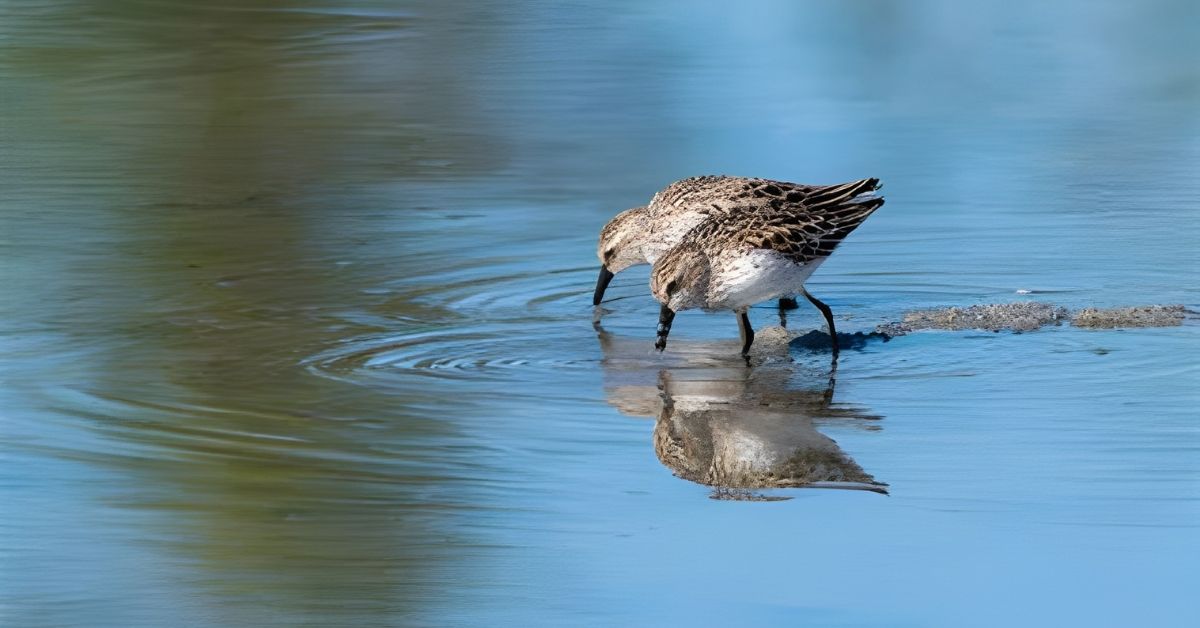
To protect shorebirds in Alaska, conservation must combine science with community action. Programs like Shorebirds for Today & Tomorrow, developed by Audubon Alaska, link modern tracking technology with Indigenous knowledge and Yup’ik cultural heritage. Through bilingual curriculum and classroom kits, children learn how their ancestors understood bird patterns and how modern ecology complements that wisdom. Local communities participate in surveys, record feeding data, and promote sustainability in resource use.
Efforts also include international cooperation with scientists in Asia and Oceania, tracking migration paths from Alaska to the Yellow Sea and beyond. This collaboration helps design safer routes and preserve habitats from development. Through awareness, learning, and restoration, Alaska continues to lead in protecting these extraordinary travelers.
Best Places to Watch Shorebirds in Alaska
For those eager to experience this natural wonder, Alaska offers breathtaking places to watch shorebirds in action. The Yukon Delta National Wildlife Refuge, Nome, Cordova, and Barrow are top destinations. During migration, flocks gather by the thousands, turning wetlands and tidal flats into a living mosaic of movement. Visitors can see everything from the small Least Sandpiper to the long-winged Red Knot, each playing its part in this global story.
To truly appreciate shorebirds in Alaska, travelers should come prepared with binoculars, patience, and respect for the wildlife. Observing quietly from a distance allows birds to rest and feed without disturbance. Beyond the thrill of spotting rare species, watching these migrations connects us to nature’s rhythm, a reminder of the fragile beauty that ties continents and communities together through shared stewardship, biodiversity, and wonder.
FAQs
What kind of sea birds are in Alaska?
Alaska is home to many seabirds, including murres, kittiwakes, gulls, auklets, puffins, and cormorants. These birds thrive along the coast and offshore islands.
What is the main bird of Alaska?
The Willow Ptarmigan is Alaska’s state bird. It’s known for changing its feathers from brown in summer to white in winter for camouflage.
Are there any puffins in Alaska?
Yes, puffins live in Alaska. You can see Tufted Puffins and Horned Puffins nesting on cliffs and rocky islands from the Gulf of Alaska to the Aleutian Islands.
Conclusion
Shorebirds in Alaska remind us how powerful and fragile nature can be. These birds travel across oceans and depend on clean coasts, mudflats, and tundra. When we protect shorebirds in Alaska, we also protect the land, water, and other wildlife that share their home. Every small action helps, from keeping beaches clean to supporting conservation groups.
Watching shorebirds in Alaska is more than birdwatching. It’s a lesson in survival, beauty, and balance. Their long journeys connect Alaska to the world. By caring for shorebirds in Alaska, we care for our planet. Let’s make sure their calls and flights fill the northern skies forever.

Spiritual Vora shares deep insights on dreams, angel numbers, spiritual meanings, and inner healing. Our mission is to guide souls toward clarity, growth, and divine connection through uplifting and enlightening content.

